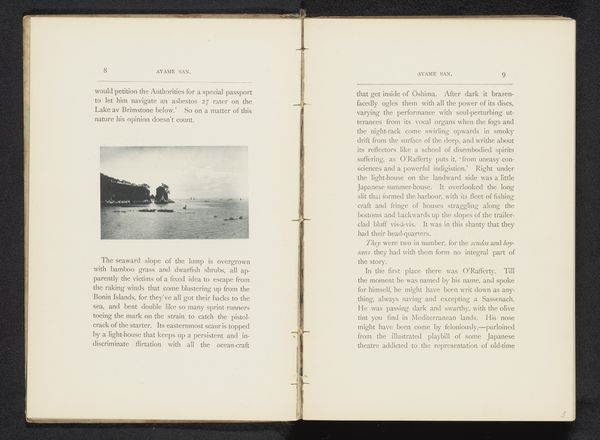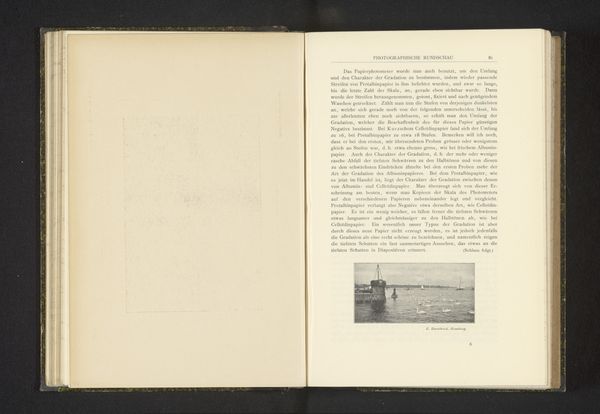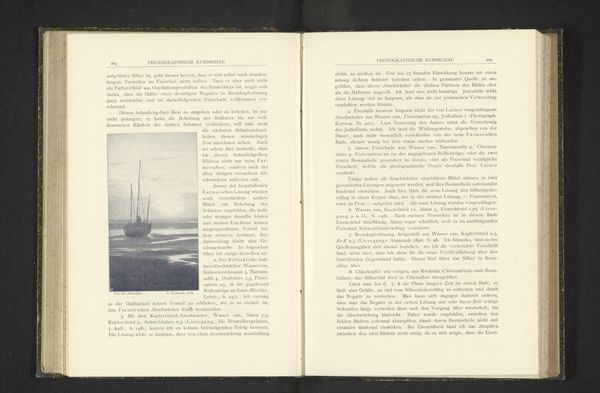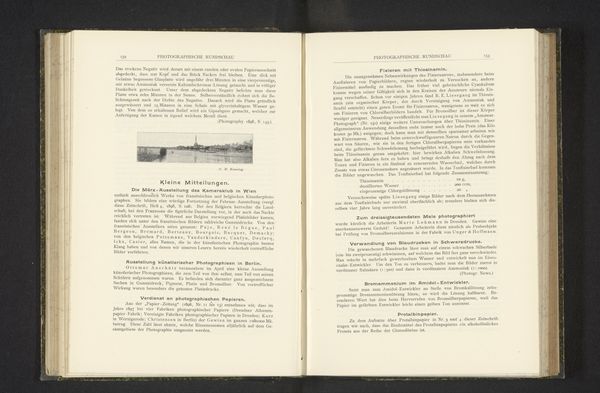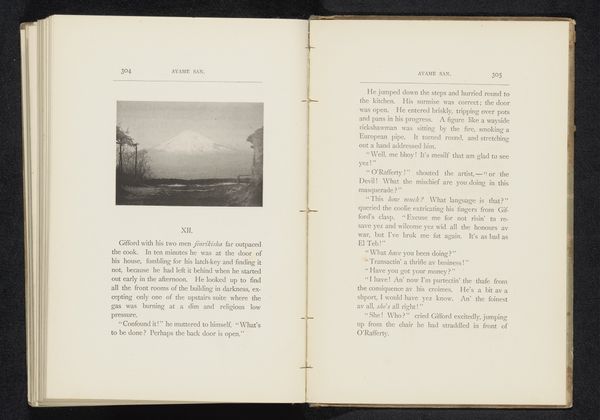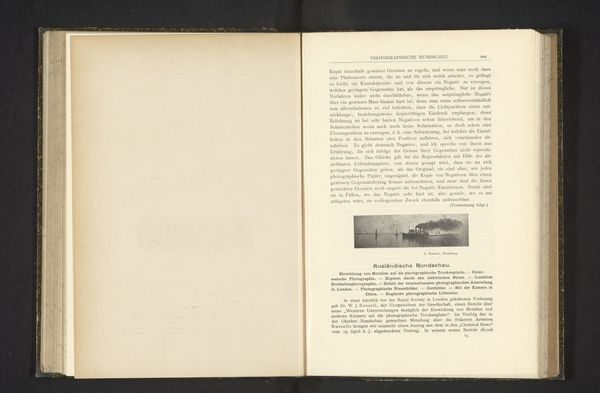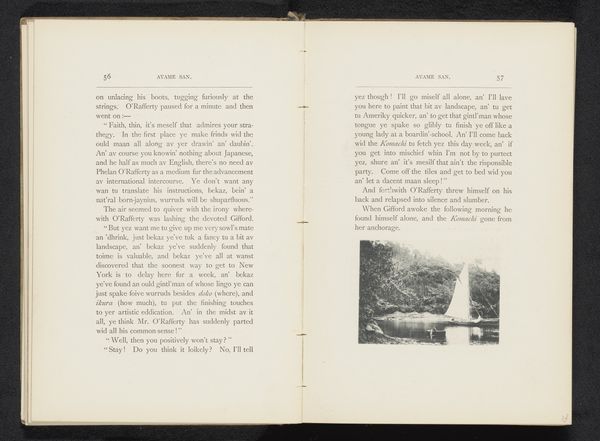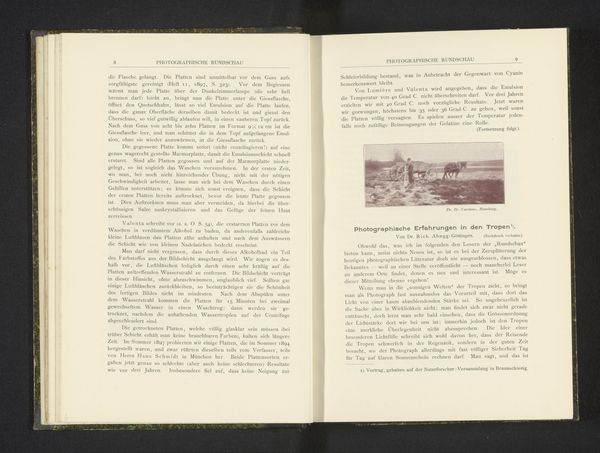
print, photography
#
pictorialism
# print
#
landscape
#
photography
Dimensions: height 84 mm, width 109 mm
Copyright: Rijks Museum: Open Domain
Curator: Looking at this rather hazy image evokes a peculiar sense of tranquility, doesn’t it? Editor: It does. And here, we have a photo titled "Gezicht op een water," or "View of a Water," predating 1898, by Esther Behrens. This photography presents itself with all the softness of pictorialism. Curator: The composition strikes me as almost deliberately flattened. Note the subdued tonal range, predominantly grayscale. The water bleeds into the sky, dissolving the horizon line in a haze of diffused light. It creates an almost unsettling sense of…boundlessness. Editor: Precisely. Pictorialism, the style evident here, emerged during a fascinating period in photography’s development. Think about photography gaining traction as a popular medium—a field long-dominated by painting, that of representing true impressions in time, that being "Art". Pictorialist photographers actively aimed to dismantle that stark distinction, deliberately softening images and using alternative printing processes to mimic the look of painting and create atmosphere. It challenges our modern idea of what photography is for, namely in capturing a truthful, instantaneous snapshot in high detail. Curator: So, it’s not merely about capturing a scene; it’s about injecting artistic expression. Editor: Absolutely! Think of the sociopolitical dimensions, where cultural institutions and norms of art perception greatly impacted how photography became adopted. Photographers like Behrens embraced aesthetic approaches like "soft focus," thereby inviting critical acceptance and legitimizing photographic art. By imitating other art forms and using these pictorial techniques, photography garnered cultural credibility, and was gradually enshrined within the aesthetic canon, galleries, salons, etc. Curator: I see that the political underpinnings greatly impact the evolution of photographic style itself. This challenges how a Formalist might think about Pictorialism, for example. And looking again at "View of a Water," I now note the series of rhythmic verticals in the background and right frame; trees or poles which establish spatial depth and guide our view. Even that hazy distance evokes not emptiness but layered space. Editor: Indeed. This photo encourages a deeper contemplation. Not merely the water, but its cultural milieu, and of artistic intent of times bygone. Curator: Quite so. Every photograph speaks of its present and the echoes of that present rippling into the future.
Comments
No comments
Be the first to comment and join the conversation on the ultimate creative platform.



